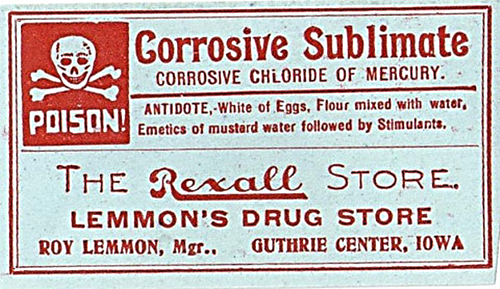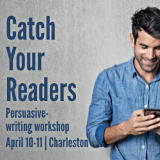Don’t just slap the topic on top of the story
Note to self: “Label headline” is not a headline.

Label headlines like Label headlines carry a double problem. They skip the verb, so they suck the action out of your headline. And they don’t say anything about the topic.
Yet the most common type of headline I review as a writing coach is — by far! — a label headline. I’m convinced that most corporate communications, marketing and content marketing headlines are label headlines.
What’s a label headline?
Label heads are those that identify the topic but that don’t say anything about it. They are nouns or noun phrases without verbs.
Here, for example, are a few of the label heads that have crossed my desk lately:
Chemical update
Manager’s letter
Field distribution
Graphics systems
Strategy Statement
And … drum roll, please: The worst label head I’ve ever seen was on a sales letter encouraging me to increase the size of a directory ad. The headline:
Sales Letter
Why avoid label headlines?
Why avoid headlines like Sales Letter when your headline tops, say, a sales letter?
With label headlines, you:
- Miss the chance to communicate. Headlines get twice the attention of text. They change the way we think. “Readers” might not read anything else. If your headline says nothing, you’ve missed your best opportunity to reach and sway the huge and growing percentage of your audience who just read the display copy.
- Make your story dull and boring. While some readers get all of their information from the display copy, others use headlines to decide whether to read. If your headline says Strategy statement, I can almost assure you that readers will choose not to dive in.
- Sap the energy from your story. Without verbs, your story has no action. Without verbs, there are no benefits. Readers can’t see what they could do differently with your product, service, program or idea.
How to fix label headlines
How can you fix label headlines?
- Say something about the topic. If you find yourself writing “headlines” like “Graphic systems,” ask yourself “Graphic systems what?” Or “What about Graphic systems?” Are we for them? Against them? Should I get one if I don’t have one? Should I get rid of one if I do?
- Add a verb. “A story is a verb, not a noun,” writes one of the former editors of The New York Times. That means that something essential is missing from a label head. Unless you’re writing a feature headline, use a dynamic verb in every headline. Bonus points for putting that verb in present tense.
- Develop creative standing heads. You may want to use a label for the name of a recurring column or department. But surely, given all your talent and education, you can come up with something better than “Bulletins” or “Manager’s Letter.”
I’d like to buy a verb, please.
So instead of:
Charity Collection for Geneva and Africa
Write:
Help African orphans, vulnerable children, Manchester’s poor
Donate to XYZ’s autumn charity collection Oct. 15-31
Instead of:
HPV and throat cancer
Write:
HPV virus? You could be at risk for throat cancer
Get a free screening, answers to your questions, on April 16
Instead of:
Weather Update
Write:
Work from home tomorrow!
Please stay safe and warm during Detroit’s snow emergency, parking ban
See what a difference a verb makes? Stop labeling the topic of your blog post, article or content marketing piece. Start using your headline to actually say something about your story.
Heads up: Here’s headline help!
Want more tips and techniques for writing better headlines, callouts, captions and other display copy?
Until Jan. 31 only, get nearly $300 worth of learning tools free with a Silver or Gold ticket.
|
